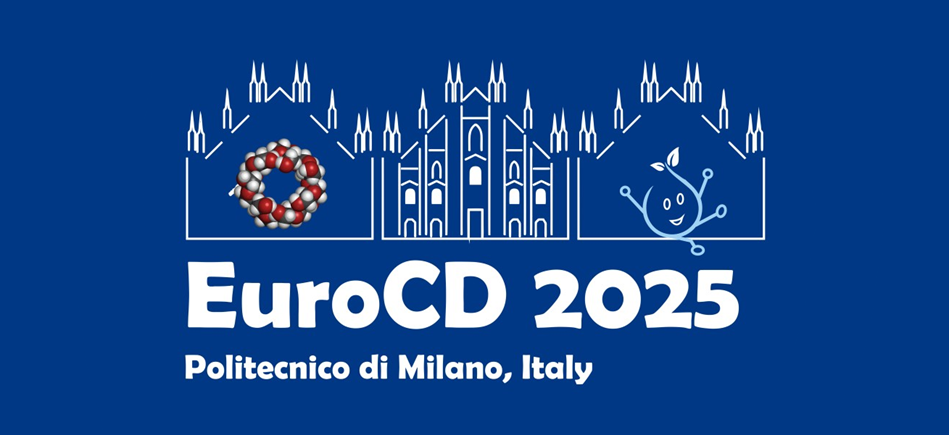Founded around 590 BC by a Celtic tribe from the Insubri group in the centre of the Po Valley, this ancient settlement of Mediolanum has always played a central role in the Italian political and cultural world. While currently Italy's second most populous city, Milan was the capital of the Western Roman Empire from 286 AD to 402 AD. During the Holy Roman Empire, the importance of the city grew so much that it evolved into a free commune, leaving a mark on the history of Lombardy and the destiny of Italy as a whole. Despite its tortuous and troubled history, Milan has grown to become an important hub, playing a fundamental strategic role.
As a symbol of the Resistance, after World War II and particularly in the 1950s Milan became the power house of the Italian reconstruction effort, both industrially and culturally.
Cultural Highlights
Palazzo Reale
Once the royal palace of Milan, Palazzo Reale now serves as a premier exhibition space, hosting major art shows that cover everything from classical to modern art, including works from renowned international and Italian artists.

Museo del Novecento
This museum houses an impressive collection of 20th-century Italian art, featuring works by Futurists, Surrealists, and other avant-garde movements.
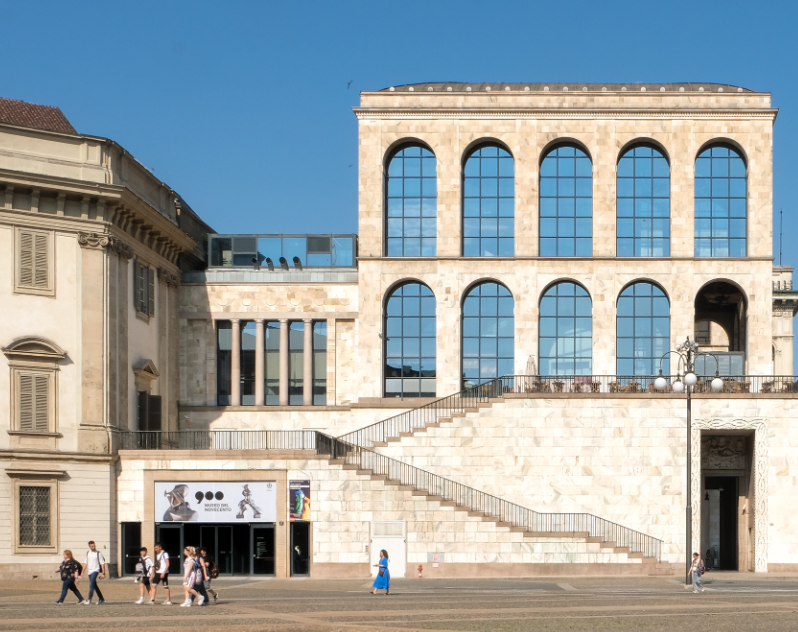
Accademia di Brera (Pinacoteca di Brera)
Located in the historic Brera district, the Brera Art Gallery displays a stunning collection of Italian Renaissance and Baroque pieces, including works by artists such as Raphael, Caravaggio, and Titian.
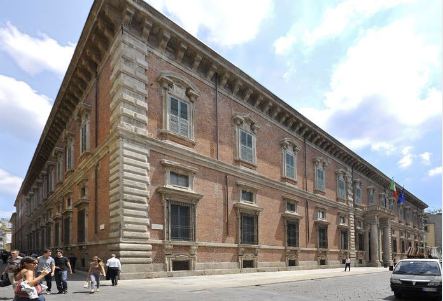
Pavilion of Contemporary Art (PAC)
As Milan's center for contemporary art, the PAC hosts temporary exhibitions by both Italian and international artists. Its rotating shows cover a wide range of media, including photography, painting, and multimedia installations.
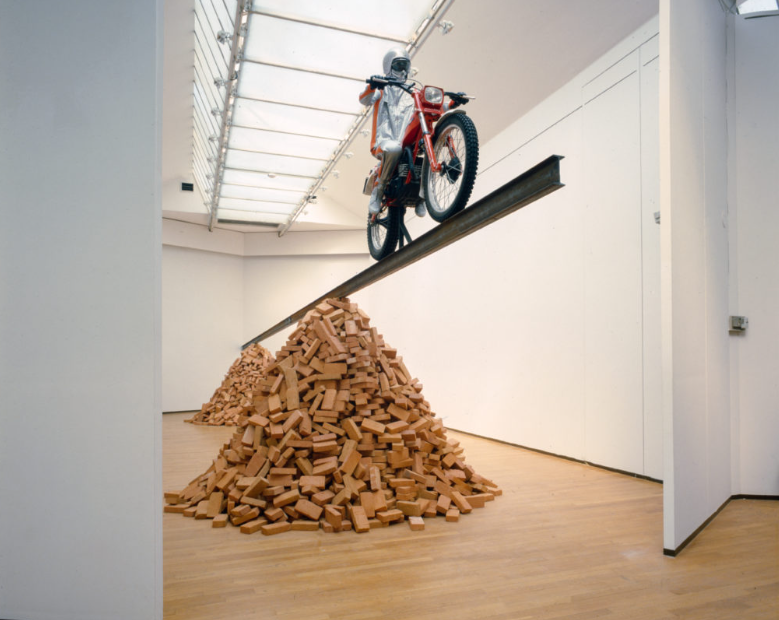
Mudec – Museum of Cultures
The Mudec focuses on cultural exchange and global art, offering exhibitions that explore the connections between different civilizations and contemporary society. It blends art, design, and anthropology.
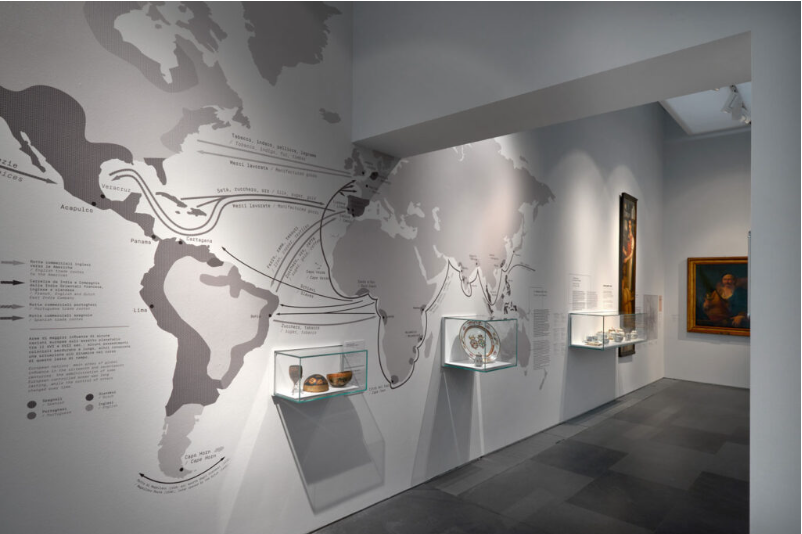
Duomo di Milano
The Duomo di Milano is one of the most iconic cathedrals in the world, renowned for its stunning Gothic architecture. Construction began in the late 14th century and took nearly six centuries to complete. Visitors can explore the interior, which houses magnificent stained glass windows, and climb to the rooftop for panoramic views of the city and beyond.
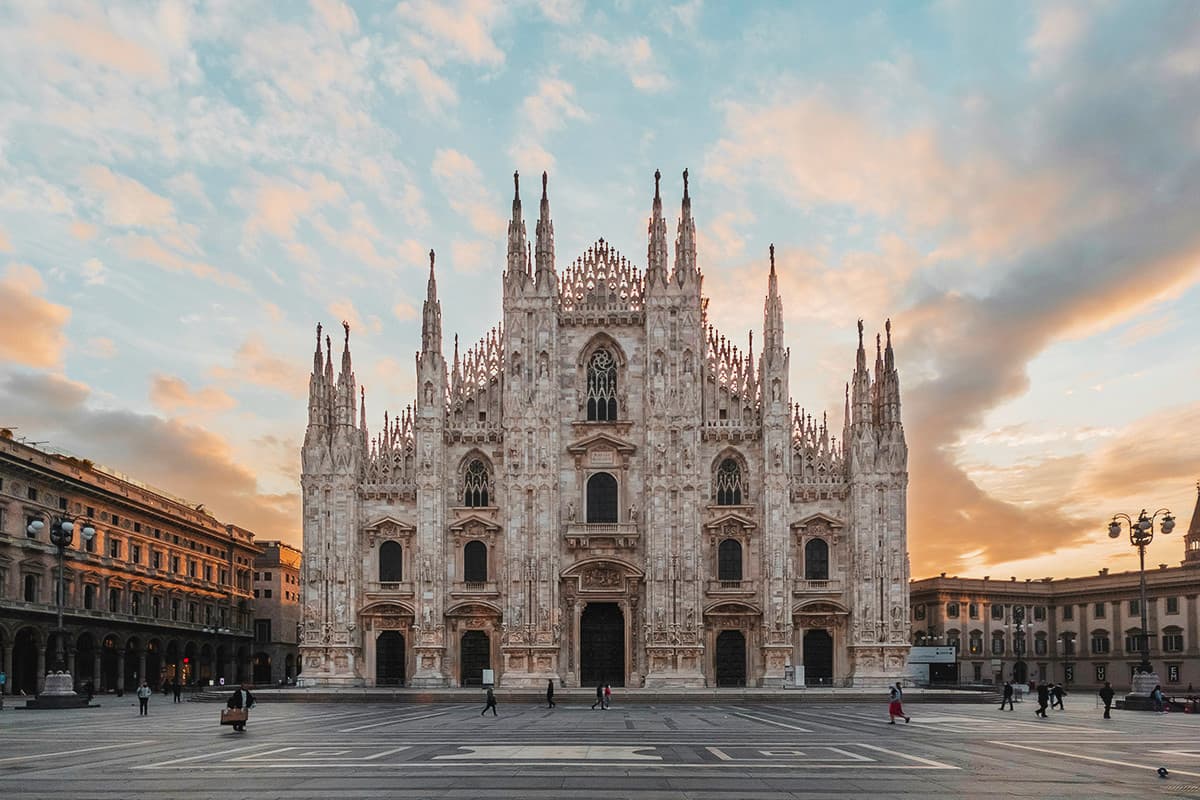
Arco della Pace
The Arco della Pace is a grand triumphal arch located at the edge of Sempione Park. Built in the early 19th century to commemorate peace in Europe after the Napoleonic Wars, the arch features intricate reliefs and sculptures that celebrate military victories and peace. It stands as a symbol of Milan's rich history and is a popular gathering spot for both locals and tourists, providing a picturesque backdrop for photos.
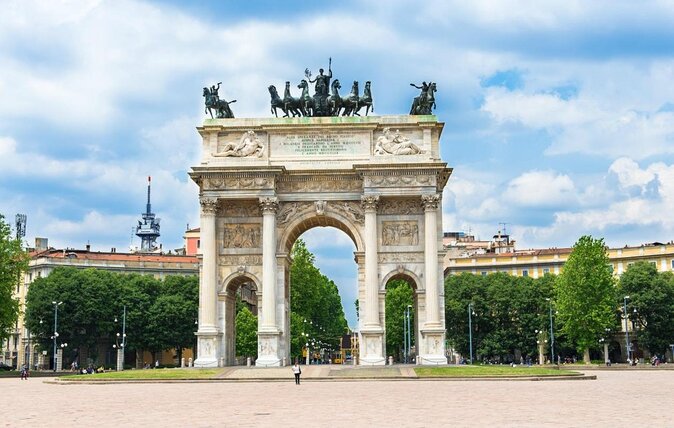
National Museum of Science and Technology "Leonardo da Vinci"
Italy’s largest science and technology museum, this museum celebrates innovation and scientific discovery with a range of interactive exhibits. Dedicated to Leonardo da Vinci, it showcases his inventions and designs, along with sections on space exploration, telecommunications, energy, and transportation.
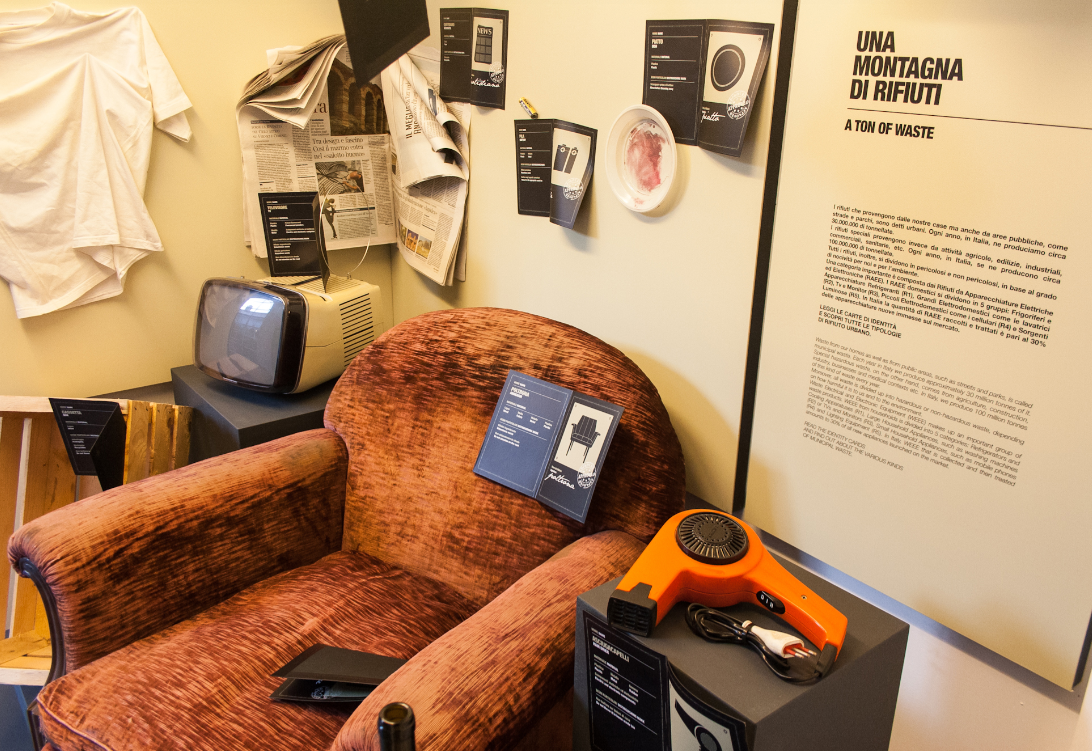
Fondazione Prada
A hub for contemporary art and culture, the Fondazione Prada hosts exhibitions that challenge the boundaries of art, philosophy, and society. It is known for its bold architecture and thought-provoking installations.
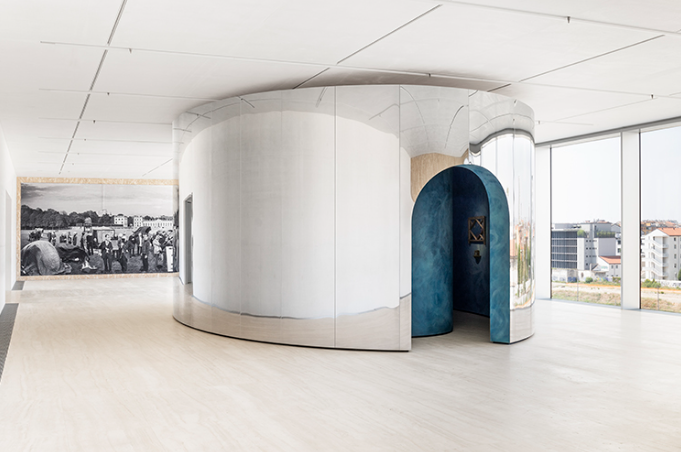
Entertainment
Your typical Milanese is work-focused, chaotic and a frequent attendee of aperitifs, but don’t be fooled into thinking that’s the whole picture. Lombardy's capital city boasts a rich artistic heritage, is home to the prestigious La Scala theatre and a striking skyline dotted with skyscrapers. But there is more. Milan is a cosmopolitan metropolis with a European flair, and is considered one of the world's fashion and design capitals. It is a shopping destination, concentrated in its Fashion Rectangle, the Quadrilatero della Moda.
Dining
The city offers a range of dining experiences. Let’s not forget its luxury gastronomy, from traditional to fusion cuisine. Explore local favorites like Risotto alla Milanese or indulge in international cuisine at top-rated restaurants across the city.
Recommended Districts
Navigli: known for its charming canals, the Navigli district is packed with restaurants, trattorias, and bars, many of which overlook the canal. It’s perfect for a relaxed outdoor dinner or a traditional Milanese aperitivo.
Brera: it is famous for its cobblestone streets. You’ll find many elegant restaurants, pizzerias, and small bistros here, offering both Italian and international cuisine.
Porta Romana: this district offers a great selection of traditional trattorias and restaurants, ideal for savoring Milanese specialties like risotto alla Milanese and cotoletta.
Chinatown (Via Paolo Sarpi): Milan’s Chinatown is renowned for its authentic Asian restaurants and cultural influences. You can find dishes from traditional Chinese cuisine to street food-inspired eateries.
Restaurants Near Piola
Ristorante Pizzeria Maruzzella (Porta Venezia): not far from Piola, this restaurant is known for its Neapolitan pizzas and traditional Italian dishes.
Trattoria Bertamè: just a few steps from Piola, Bertamè offers modern Italian cuisine with a creative twist.
Il Brutto Anatroccolo (Lambrate): near Lambrate station, but accessible from the green line, it is known for its informal atmosphere and generous portions at reasonable prices.
